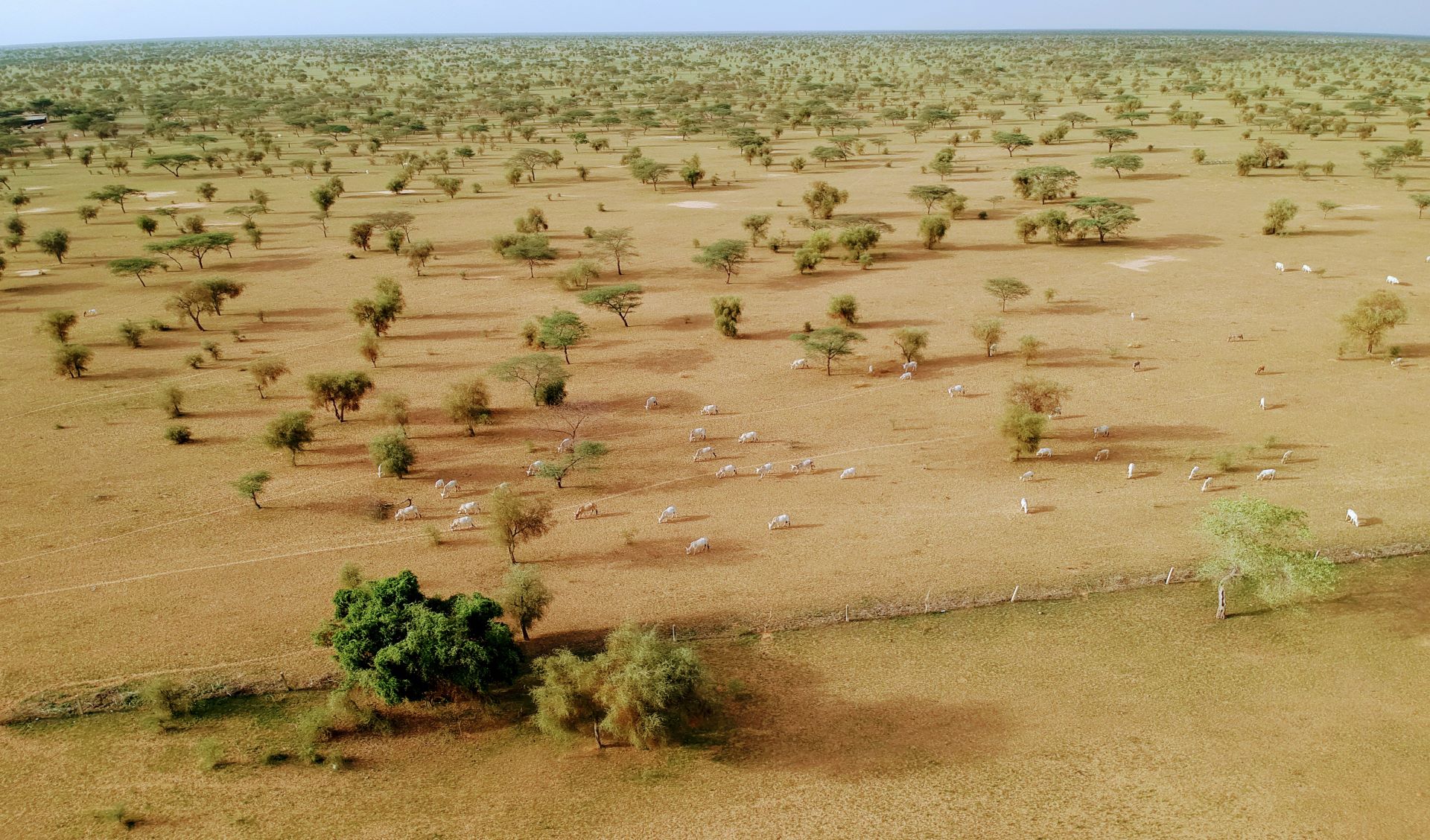Typology and characteristics of pastures in the urban commune of Téra in western Niger
DOI:
https://doi.org/10.19182/remvt.37388Keywords
Grazing, rangelands, botanical composition, resource evaluation, NigerAbstract
Background: A good understanding of the characteristics of natural pastures is essential for their sustainable management. Aim: This study was conducted in the urban municipality of Téra, to characterize pastures with a view to the sustainable management of their productive potential. Methods: The method of phytosociological surveys of Braun Blanquet (1932) was used. In each plot, biomass was collected in 5 plots of 1 m². The discrimination of the different pastures was carried out on the basis of Relaxed Correspondence Factory Analysis (RCFA) coupled with Hierarchical Ascending Classification (HAC). The characteristic species of the pastures were identified through Indicator Species Analysis (ISA) with the PCORD 5 software. The difference between the pastures and the homogeneity of the flora within each pasture were analyzed. Results: A total of 71 phytosociologiscal surveys were carried out and identified 189 species (48 woody) belonging to 42 families, the main ones being Poaceae (20.63%) and Fabaceae (16.93%). Analysis of the matrix of 71 surveys and 189 species identified 7 types of pastures whose productivity and carrying capacity ranged from 0.48 ± 0.02 tMs/ha to 3.23 tMs respectively 0.07 UBT/ha at 0.47 UBT/ha. He analysis of alpha diversity showed that these pastures are relatively highly diversified with floristic richness, Shannon indices and equitability ranging respectively from 22 to 46 species, 3.52 to 4.81 bits, and 0.64 to 0.71. Conclusions: These results show that the courses of the municipality of Téra are floristically diversified and of high productive potential. They can also be used as a basis for a rational exploitation of resources in order to ensure their sustainability.
Downloads

Downloads
-
Abstract180
-
pdf (Français)67
Received
Accepted
Published
How to Cite
License
© H.Seydou Korombé et al., hosted by CIRAD 2024

This work is licensed under a Creative Commons Attribution 4.0 International License.
Funding data
-
United Nations Development Programme
Grant numbers GCP/GLO/611/GER





